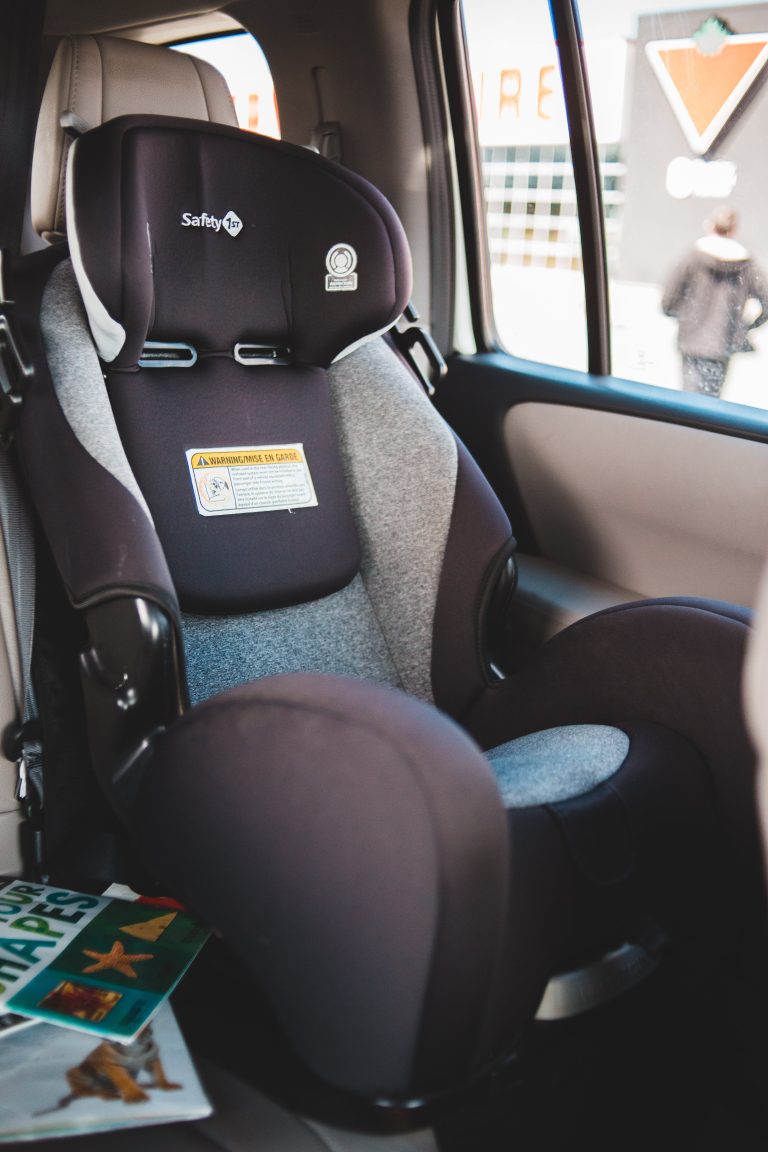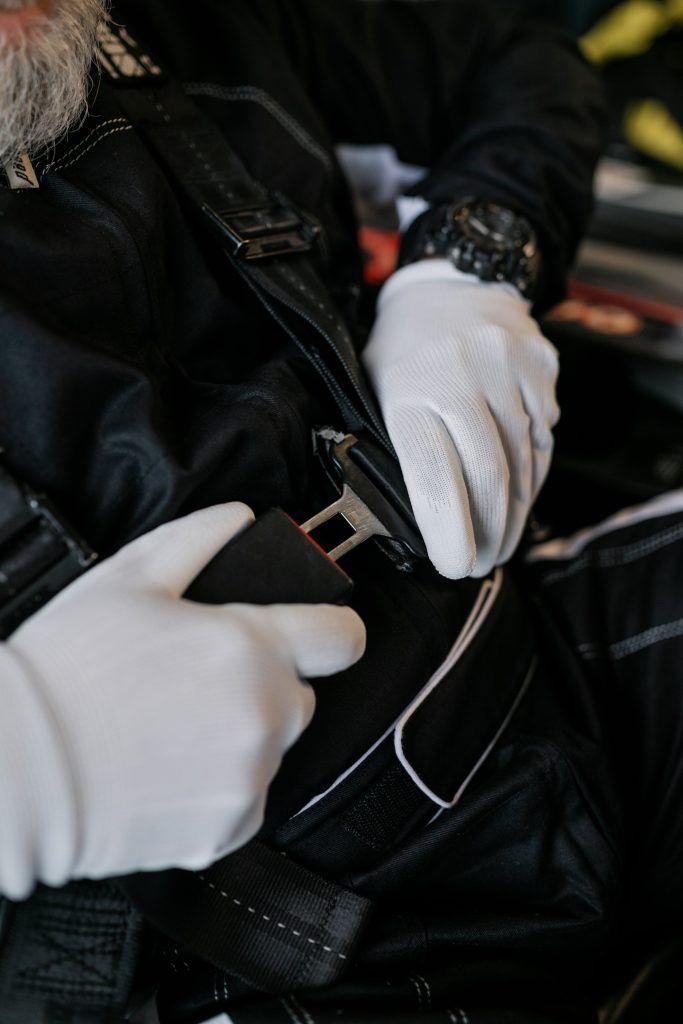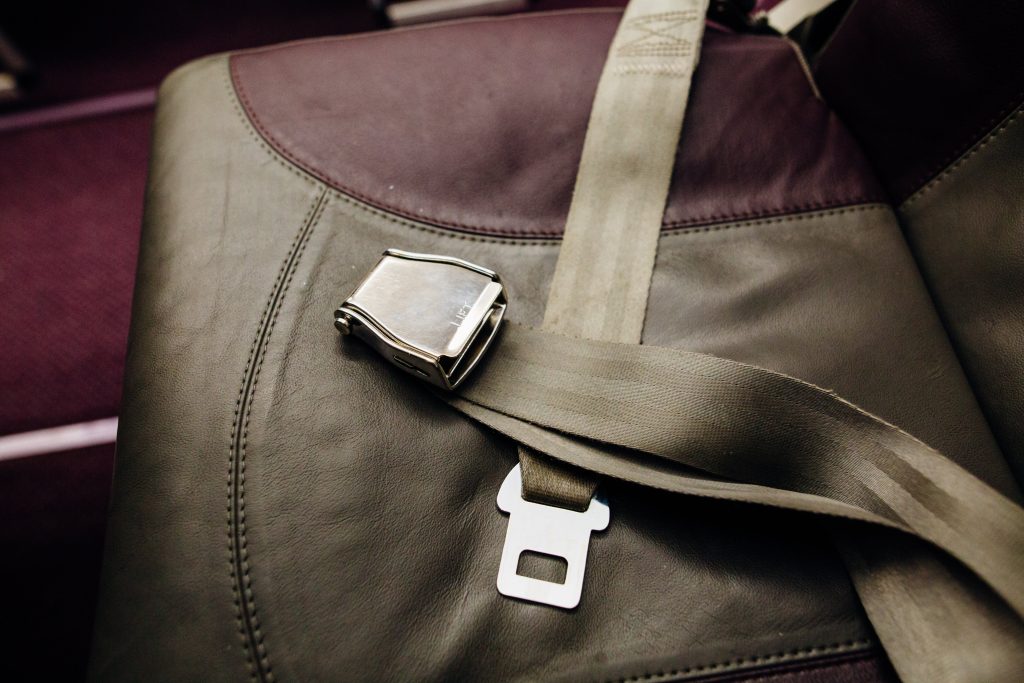As parents, the safety and well-being of our children is always our top priority. Car safety is non-negotiable. Motor vehicle accidents are a prominent cause of death for children aged 1–14 years old in Australia, as highlighted by the Australian Bureau of Statistics. Ensuring the proper protection of our little ones while travelling on the road is of utmost importance, as demonstrated by this alarming statistic. Parents can take several measures to ensure their children’s safety in the car. These include choosing the right car seat and practising safe driving habits. In this guide, we will discuss the essential tips and guidelines for car safety for parents in Australia. Follow these steps to ensure your child’s safety while travelling in a car: choose the right car seat based on their age and weight, and familiarise yourself with the laws and regulations regarding child car restraints. Parents can have peace of mind by following these recommendations to keep their children safe on the road.
Child car seat regulations in Australia
Australian child car seat regulations are designed to ensure the safety and protection of children while travelling in vehicles. The regulations state which car seats are suitable for different ages and give instructions for installing and using them correctly. Parents must be aware of and follow these regulations. Not doing so can endanger their child and lead to legal consequences. Regulations classify car seats into stages: rear-facing infant capsules, forward-facing child restraints, and booster seats. Each stage offers suitable protection according to the child’s age and size. Parents should regularly check for product recalls and safety alerts regarding their car seat. They must also make sure that the seat is installed and adjusted correctly for maximum effectiveness. To keep their child safe while travelling, parents should follow car seat safety rules and best practices to reduce the risk of injury.
Tips for choosing the right car seat
Choosing the right car seat for your child is a crucial aspect of ensuring their safety on the road. With a wide range of options available, it is important to consider several factors to make an informed decision. Firstly, you should consider your child’s age, weight, and height to determine the appropriate type and size of car seat. It is crucial to select a car seat that meets the Australian standards for child car restraints, clearly indicated by the regulatory sticker. Checking the expiration date of the car seat is also important, as older models may not provide optimal safety features. Lastly, consider the ease of installation and adjustment of the car seat, as proper installation is crucial for its effectiveness. Consider these factors to choose the right car seat for your child’s safety while travelling in Australia.

Installing and using car seats correctly
Installing and using car seats correctly is crucial for keeping your child safe during car rides. It is important to carefully read and follow the manufacturer’s instructions for installing the car seat correctly. Begin by selecting the appropriate seating position in your vehicle, such as the rear seats, as recommended by safety experts. Make sure to always use either the designated seat belt or the Lower Anchors and Tethers for Children (LATCH) system to keep the car seat secure. To check if the car seat is securely installed, hold the base firmly and try moving it side to side or front to back. If it doesn’t move, it is properly installed. It should not move more than an inch in any direction. Furthermore, ensure that the harness straps are properly adjusted and snugly secure your child. Regularly inspect the car seat for any signs of wear or damage, and replace it if necessary. Follow these guidelines to better protect your child in a car accident.

Importance of regular car seat checks
Ensuring the ongoing safety of your child while travelling in a vehicle is absolutely essential, making regular car seat checks of the utmost importance. Car seats can become loose or improperly secured over time due to frequent use, wear and tear, or vehicle vibrations. It is absolutely essential to regularly inspect car seats to guarantee their firm and secure installation. Identify any problems, like loose straps or an incorrectly installed seat, and fix them promptly to keep your child safe. Checking your car seat regularly can give you peace of mind and keep your child safe during unexpected stops or accidents.
Educating children about car safety.
Ensuring car safety education for children is a vital responsibility for parents in Australia. Teaching kids about car safety at a young age helps them develop lifelong habits that prioritise their well-being while travelling in cars. It is crucial to always wear seat belts while in a car. It is a rule that applies to everyone in the vehicle and must be followed without exception. Encourage children to buckle up before the vehicle starts moving and stress the potential consequences of not wearing seat belts. Also, teach them about the dangers of opening car doors while the vehicle is moving and remind them to wait until the car has fully stopped. Parents can help their children stay safe on the road by consistently teaching and supporting them. This will give children the knowledge and habits they need.
In conclusion, as parents in Australia, it is crucial to prioritise car safety for our children. To reduce the risk of injury or death in car accidents, we should follow safety guidelines and use appropriate car seats and restraints. It is also important to regularly check and maintain our vehicles to ensure they are in good working condition to avoid a visit to the mechanic. By doing so, we can create a safer environment for our children and give ourselves peace of mind while on the road. Remember, the safety of our children should always be our top priority.
